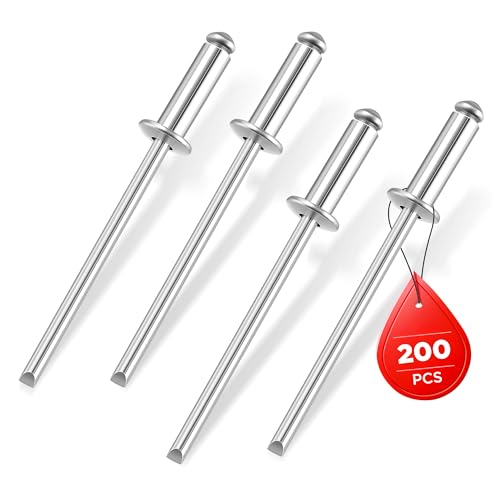I have an old 1963 Aluma Craft 14 footer that has seen better days. The transom wood is rotted out, inside and outside. I want to replace it, but the inside piece is covered by the aluminum frame of the transom. It looks like I can remove the old wood by chipping it out, but I can't figure out how to get the new plywood back in there without disassembling the entire stern of the boat.
I am actually thinking about essentially laying up my own plywood, one ply at a time, which I can bend enough to slide into the slot there. I figure coat the plys with enough good glue, clamp each one down while it dries, and how hard could it be?
Is this an insane idea? Is there a better way?
Thanks for any suggestions.
David
I am actually thinking about essentially laying up my own plywood, one ply at a time, which I can bend enough to slide into the slot there. I figure coat the plys with enough good glue, clamp each one down while it dries, and how hard could it be?
Is this an insane idea? Is there a better way?
Thanks for any suggestions.
David

























































